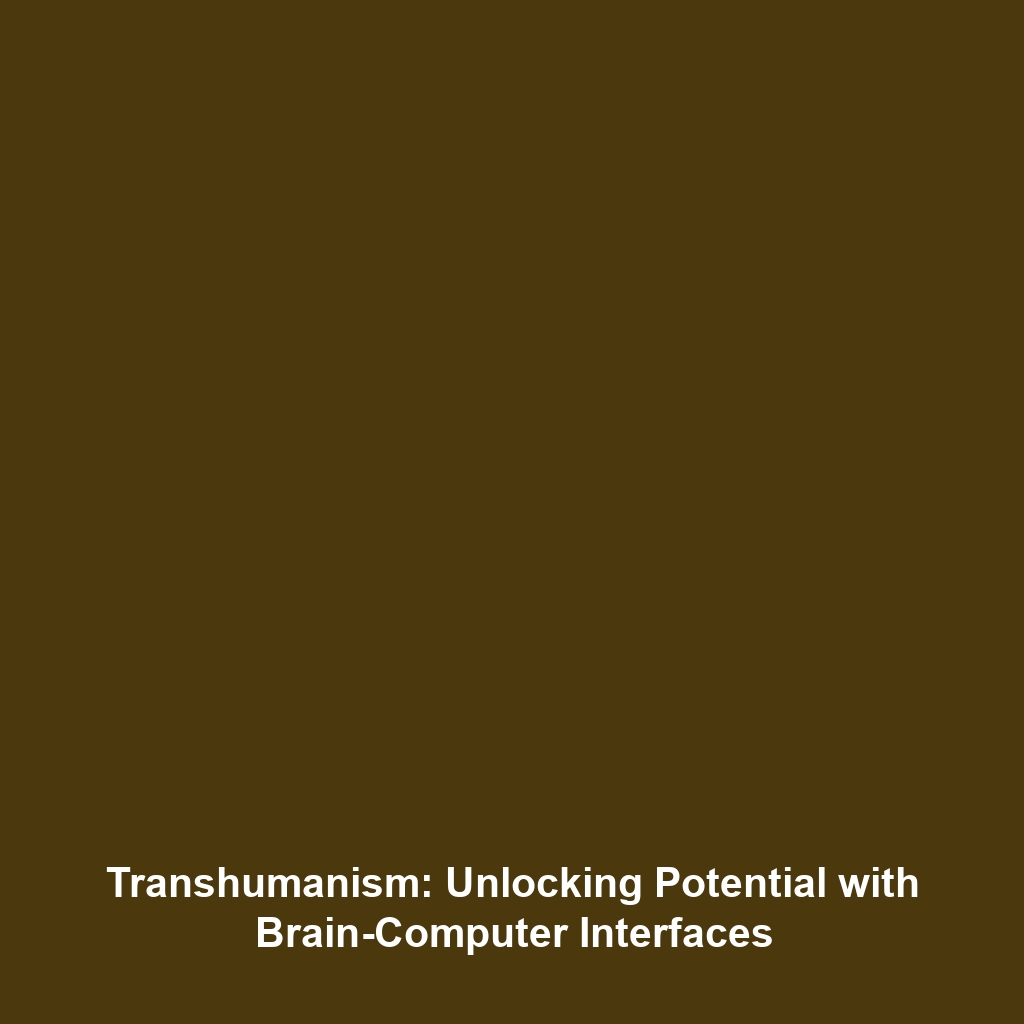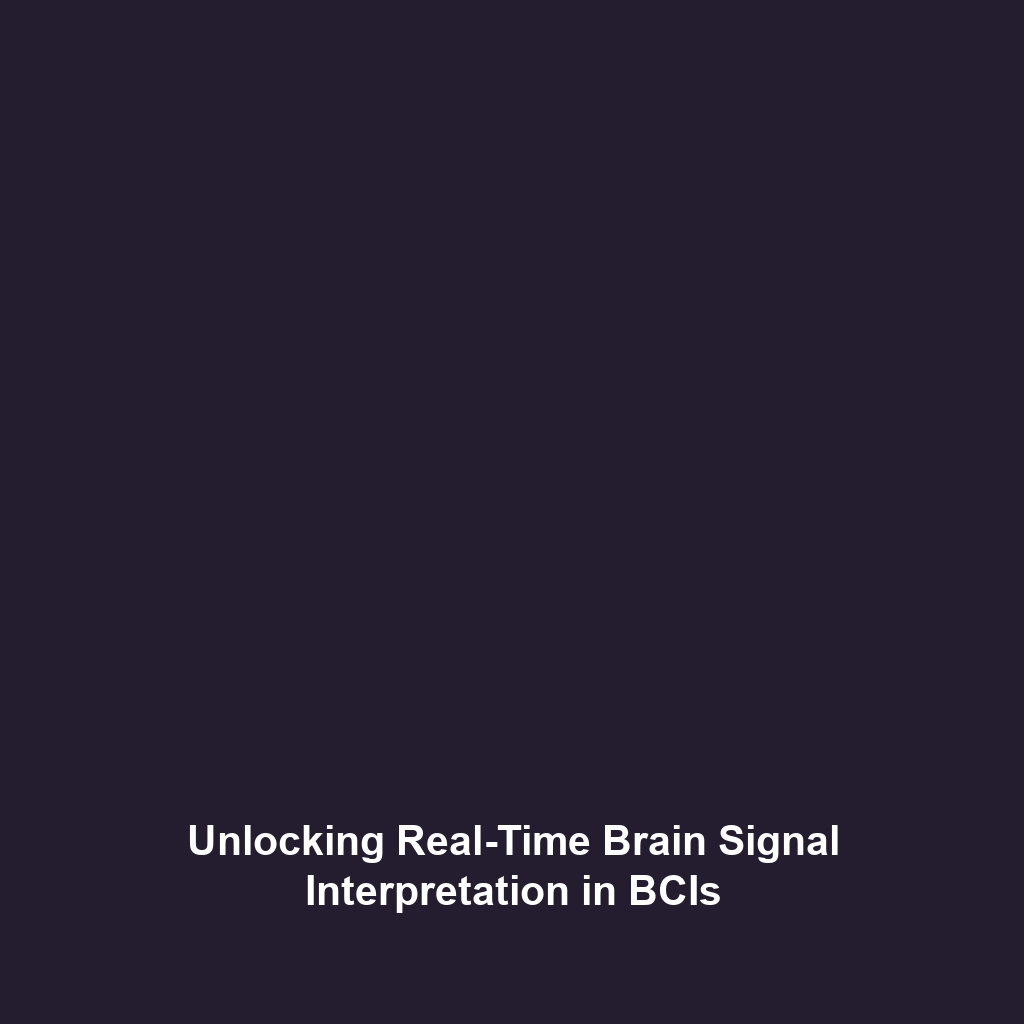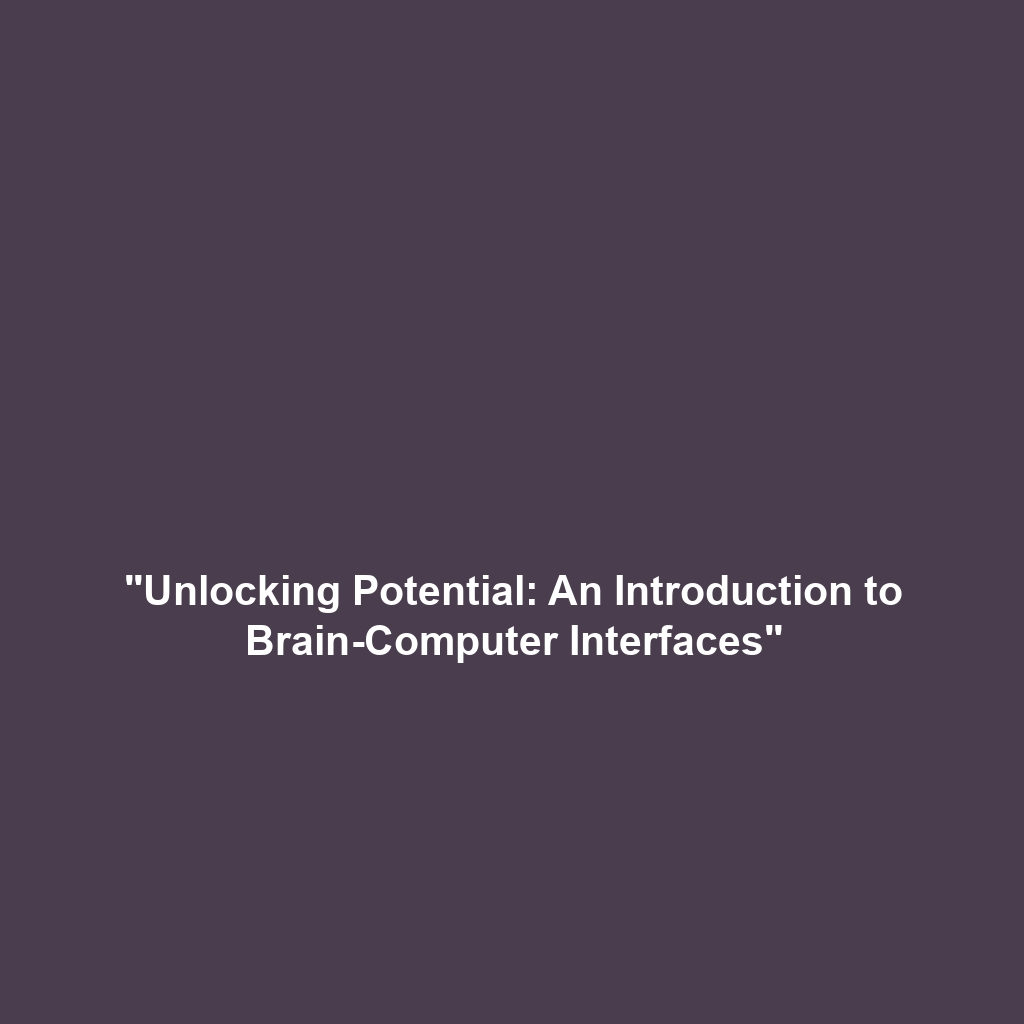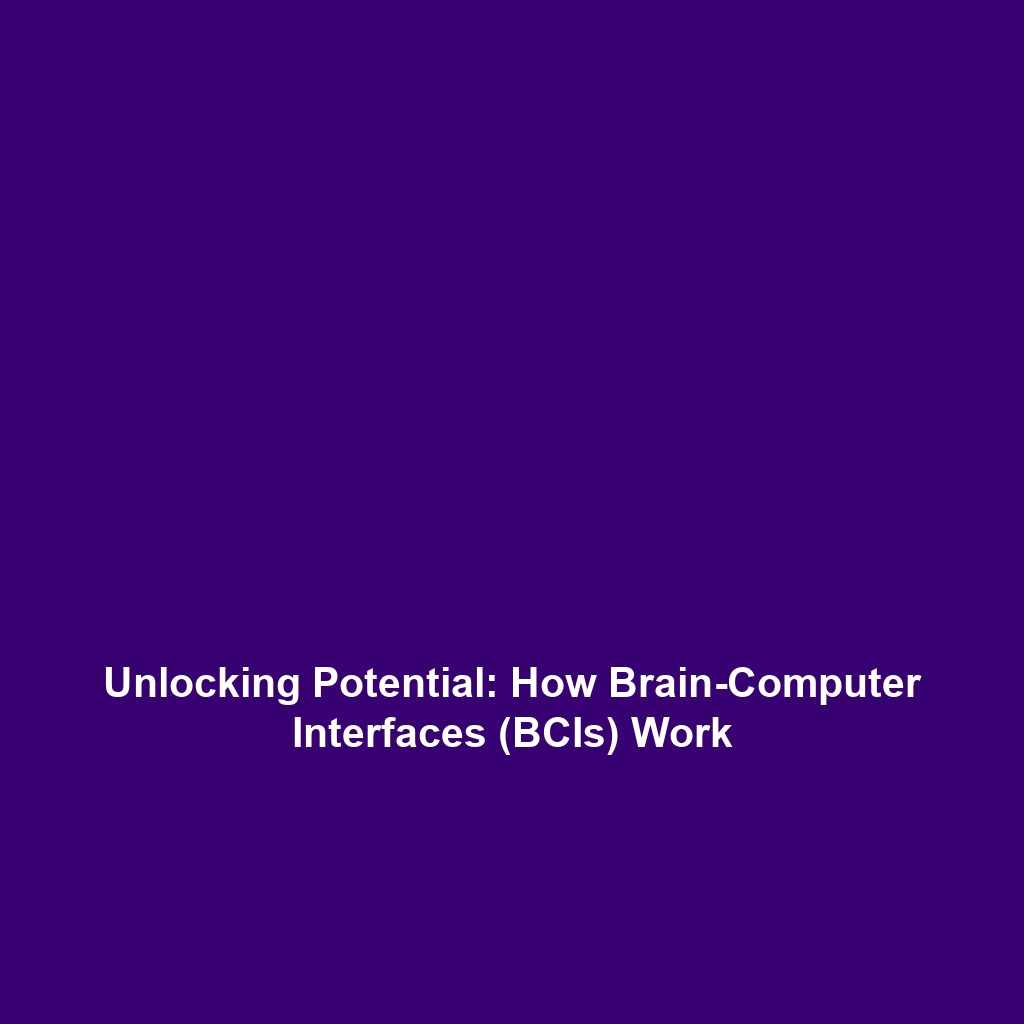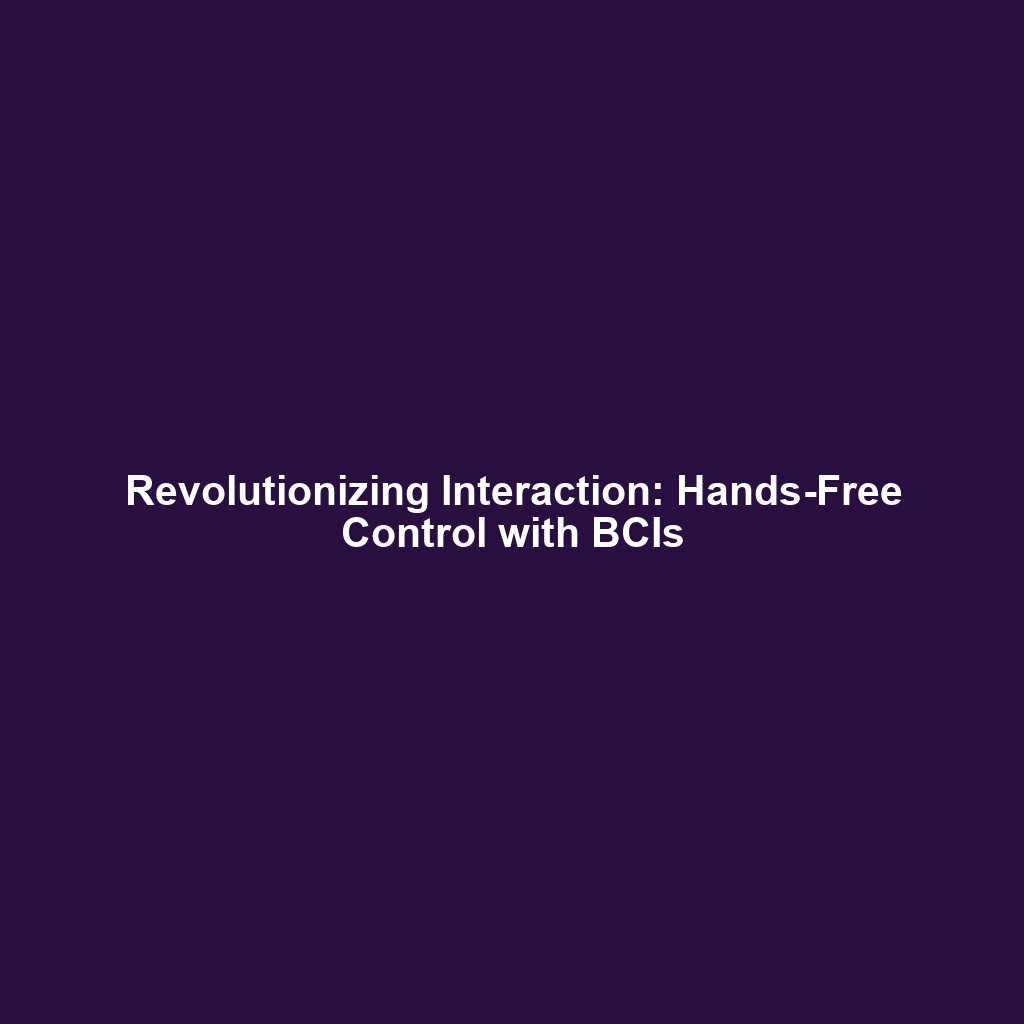Aerial Archaeological Surveys: Drones Revealing Ancient Structures
Introduction
Aerial Archaeological Surveys utilizing drone technology are reshaping the field of archaeology, enabling researchers to uncover ancient structures that were previously hidden from view. Drones in science are becoming essential tools, offering innovative solutions to age-old problems in archaeological research. These unmanned aerial vehicles (UAVs) allow archaeologists to survey vast areas rapidly and with high precision, thus significantly enhancing the efficiency and accuracy of their findings. In the realm of archaeology, drones are not just tools; they are revolutionizing the disciplinary approach to uncovering human history.
Key Concepts
Understanding Aerial Archaeological Surveys
Aerial archaeological surveys involve the use of drones equipped with high-resolution cameras and other sensors to capture detailed images and data from above. Key principles include:
- Remote Sensing: The capability to obtain information about objects or areas from a distance, particularly using UAVs in varied geographic terrains.
- Mapping and 3D Modeling: Advanced mapping technologies combined with photogrammetry to create accurate 3D models of archaeological sites.
- Data Analysis: Utilizing software to analyze the collected data, enabling archaeologists to identify patterns and structures that may not be visible from the ground.
Within the category of Drones in Science, aerial surveys represent a significant advancement, bridging the gap between traditional archaeology and modern technology.
Applications and Real-World Uses
Drones are being increasingly utilized in a variety of practical applications within aerial archaeological surveys. Notable uses include:
- Site Documentation: Drones create comprehensive records of archaeological sites, much faster than traditional methods.
- Landscape Analysis: They allow researchers to analyze the landscape and identify previously unnoticed structures.
- Preservation Monitoring: Drones help in monitoring and managing site preservation, ensuring that ancient structures are protected.
These applications highlight how aerial archaeological surveys using drones in science are reshaping our understanding of historical sites around the globe.
Current Challenges
Despite the benefits, there are several challenges associated with the use of drones in aerial archaeological surveys:
- Legal Restrictions: Regulatory challenges can limit drone usage in certain areas, including protected sites.
- Technical Limitations: Issues such as battery life, range, and weather conditions can hinder effective surveying.
- Data Interpretation: The complexity of data collected requires advanced skills in remote sensing and mapping technologies.
These challenges present ongoing issues in the integration of drones in science and must be addressed for more effective archaeological research.
Future Research and Innovations
The future of aerial archaeological surveys holds great promise as advancements in drone technology continue to evolve. Innovations on the horizon include:
- Improved Imaging Technologies: Next-generation sensors for higher resolution and expanded wavelength imaging.
- AI Integration: Implementing artificial intelligence to analyze data autonomously and identify potential archaeological features.
- Collaborative Platforms: Development of shared platforms for researchers to access and exchange data globally.
Such breakthroughs suggest that the future of drones in science will further enhance our ability to explore and protect archaeological heritage.
Conclusion
The intersection of Aerial Archaeological Surveys and Drones in Science illuminates a transformative path in understanding our past. As drones reveal ancient structures and provide new data analysis possibilities, the field of archaeology stands to benefit immensely. Stakeholders in archaeology and technology must collaborate to overcome existing challenges while exploring innovative tools. For more information on the use of drone technology in other scientific fields, consider reading about how drones are being utilized in environmental monitoring and robotics in archaeology.




